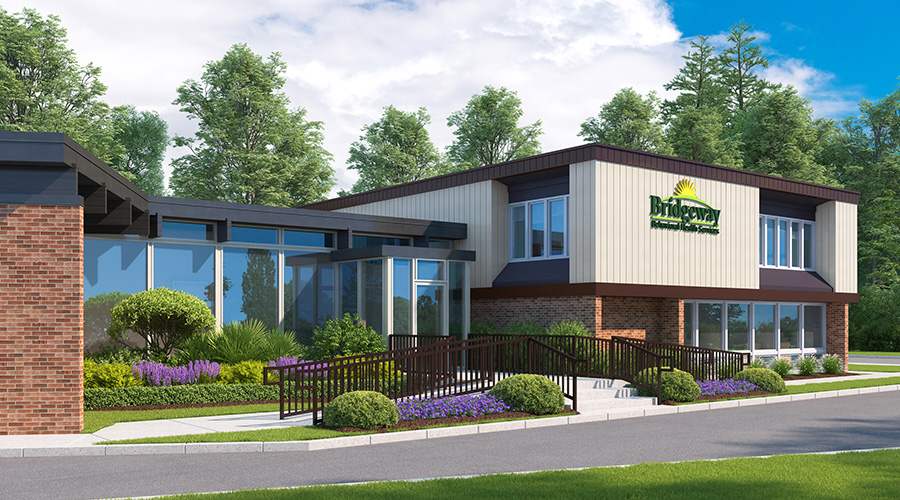Q: How often are we required to log the room temperature, humidity levels, and air changes in our OR's? IS this required daily, each shift, hourly? What about the other rooms like Sterile Processing and others, how often do we need to log them?
A: It depends on your accreditation organization, and to a lesser extent, the surveyor. For Joint Commission, their standard EC.02.05.01, EP 15 says in critical care areas (i.e. operating rooms, special procedure rooms, isolation rooms, sterile supply rooms, etc.) the ventilation system must provide appropriate temperature, humidity, air-pressure relationships, and etc., based on the edition of the FGI guidelines used at the time of design. This standard does not say how often these factors need to be checked.
But there are some other professional organizations such as AORN and CDC that offer opinions on how frequent. Joint Commission surveyors will expect the hospital to have adopted some frequency that is consistent with these other professional organizations, or at least have conducted a risk assessment to determine how frequent these issues need to be checked and logged.
For non-critical care areas, such as soiled utility rooms and clean utility rooms, incorrect air pressure relationships would be scored under EC.02.06.01, EP 1, but this standard is like EC.02.05.01 in that it also does not say how frequently these rooms need to be checked. Again, surveyors would expect you to follow professional organization guidelines or your own risk assessment for testing frequency.
If you’re HFAP accredited, standard 11.07.03 covers all temperature, humidity and air-pressure relationship requirements, and similar to Joint Commission, HFAP does not specify the frequency of checks. They also identify AORN and FGI Guidelines as standards to follow, but they will accept a facility-based risk assessment to determine testing frequencies, within reason.
It is up to the individual surveyors to determine if your risk assessment is acceptable and reasonable. If they believe it is, then you should be fine. If they do not feel it is acceptable, they may discuss this issue further and a finding may be cited.
As far as DNV goes, I believe they are similar to the above.
Brad Keyes, CHSP, is the owner of KEYES Life Safety Compliance, and his expertise is in the management of the Life Safety Program, including the Environment of Care and Emergency Management programs.

 Healthcare Is the New Retail
Healthcare Is the New Retail Bridgeway Behavioral Health Services Launches Campaign to Renovate Health Center
Bridgeway Behavioral Health Services Launches Campaign to Renovate Health Center Ground Broken for New North Dakota State Hospital
Ground Broken for New North Dakota State Hospital AI Usage for Healthcare Facilities
AI Usage for Healthcare Facilities Ground Broken on Pelican Valley Senior Living Modernization Project
Ground Broken on Pelican Valley Senior Living Modernization Project